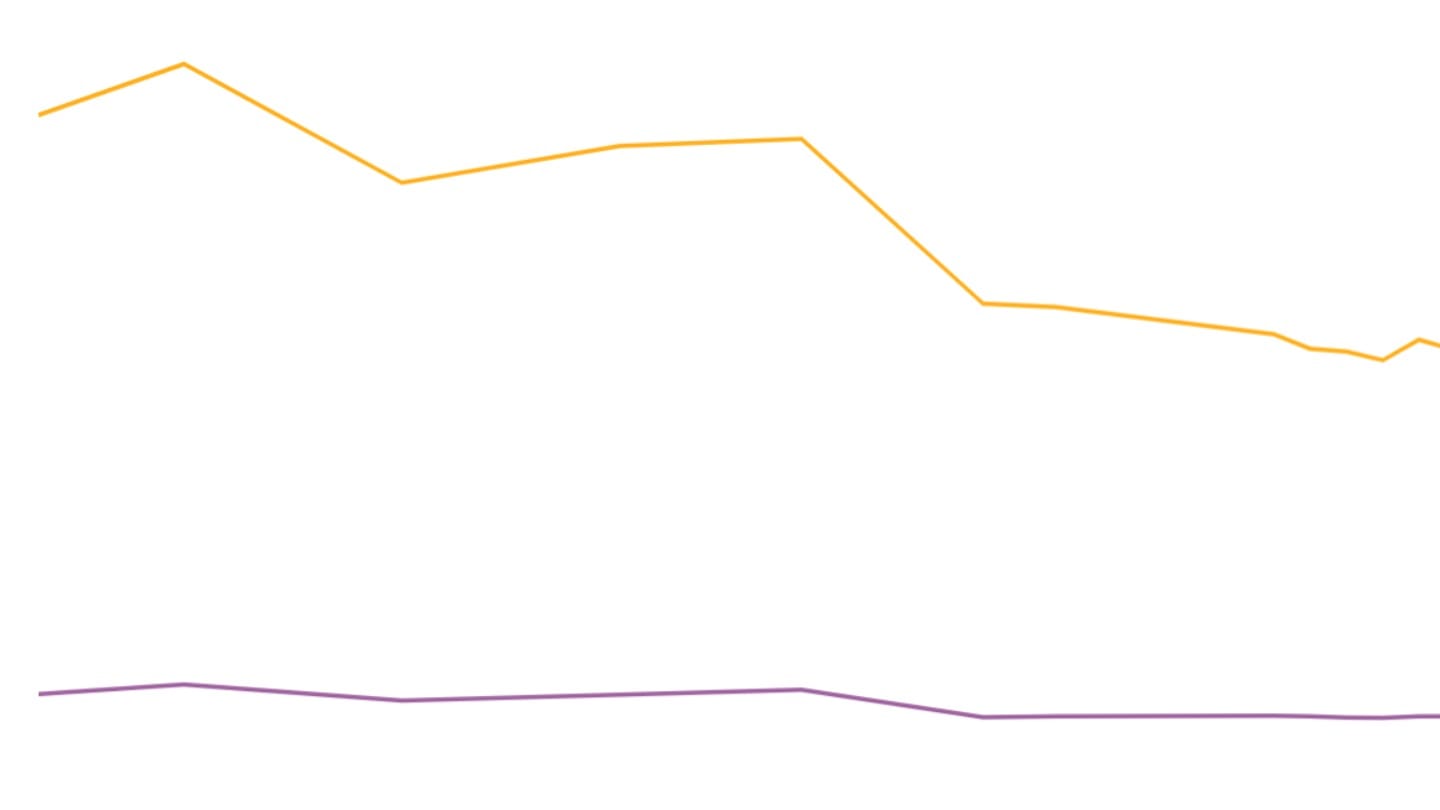Measuring Mortality
Why is it so difficult to accurately estimate how many people die every year, and of what?
Estimating the levels of mortality
For a death to be counted, it needs to be registered with a government authority. For India, this is through the Civil Registration System, the administrative system which compiles statistics based on deaths registered with local authorities across the country. (A registered death is one for which a death certificate was issued by the local government authority. This document does not establish the cause of death.)
However in lower income settings like India, this isn't uniformly possible; not all deaths are registered with civil authorities, and the rates of death registration are lower still in poorer states.[1]
To fill in these gaps India has a Sample Registration System which conducts a large, nationally representative sample survey every year in which enumerators visit households, enquire about deaths in the preceding year in that household, and produce estimates of national mortality from that. This is one of the reasons that DFI uses the Sample Registration System to understand mortality - so that we do not miss some deaths because they were not registered. The most recent year for which SRS data is publicly available is 2023.[2]
The World Health Organization, the United Nations and other international organisations also produce modelled estimates of mortality, as well as projections for the future.
Estimating causes of death
In addition to the number of deaths, demographers need to understand the causes of death. This would be easy if all deaths were certified by a medical authority, but this is not the case.
In 2022, the most recent year for which government data on medical certification is available, just over one in four deaths was in a medical institution[3], and just over one in five had a medical certificate certifying the cause of death.[4]
As a result, we use the SRS estimates for cause of death based on the SRS's Causes of Death report which studies around 140,000 deaths across a sample population of over eight million people every year. SRS enumerators ask a household member to describe in their own words and language the symptoms and circumstances around a death in the household, and two trained doctors later evaluate the description and code up the cause of death - a process called "verbal autopsy" that was designed for low-income settings. The most recent such report covered the period 2021-23.[5]
Data on causes of death - particularly for infectious diseases - is also collected by India's health surveillance mechanism for an annual National Health Profile report. However, since these numbers come largely from government hospitals alone, and surveillance systems are not well developed yet, they produce underestimates; in 2022, for instance, the NHP counted fewer than 200 deaths from malaria[6], while the SRS estimates suggest nearly 10,000 deaths from malaria in 2021-2023.[7] As a result we do not refer to NHP data (unless mentioned otherwise in specific cases).
[1] Vital Statistics of India based on the Civil Registration System (2019), Office of the Registrar General of India.
[2] Sample Registration System Statistical Report (2023), Office of the Registrar General of India.
[3] Vital Statistics of India based on the Civil Registration System (2022), Office of the Registrar General of India.
[4] Report on Medical Certification of Cause of Death (2022), Office of the Registrar General of India.
[5] Causes of Death Statistics 2021-23, Office of the Registrar General of India.
[6] National Health Profile 2022, Central Bureau of Health Intelligence.
[7] Causes of Death Statistics 2021-2023, Office of the Registrar General of India.


